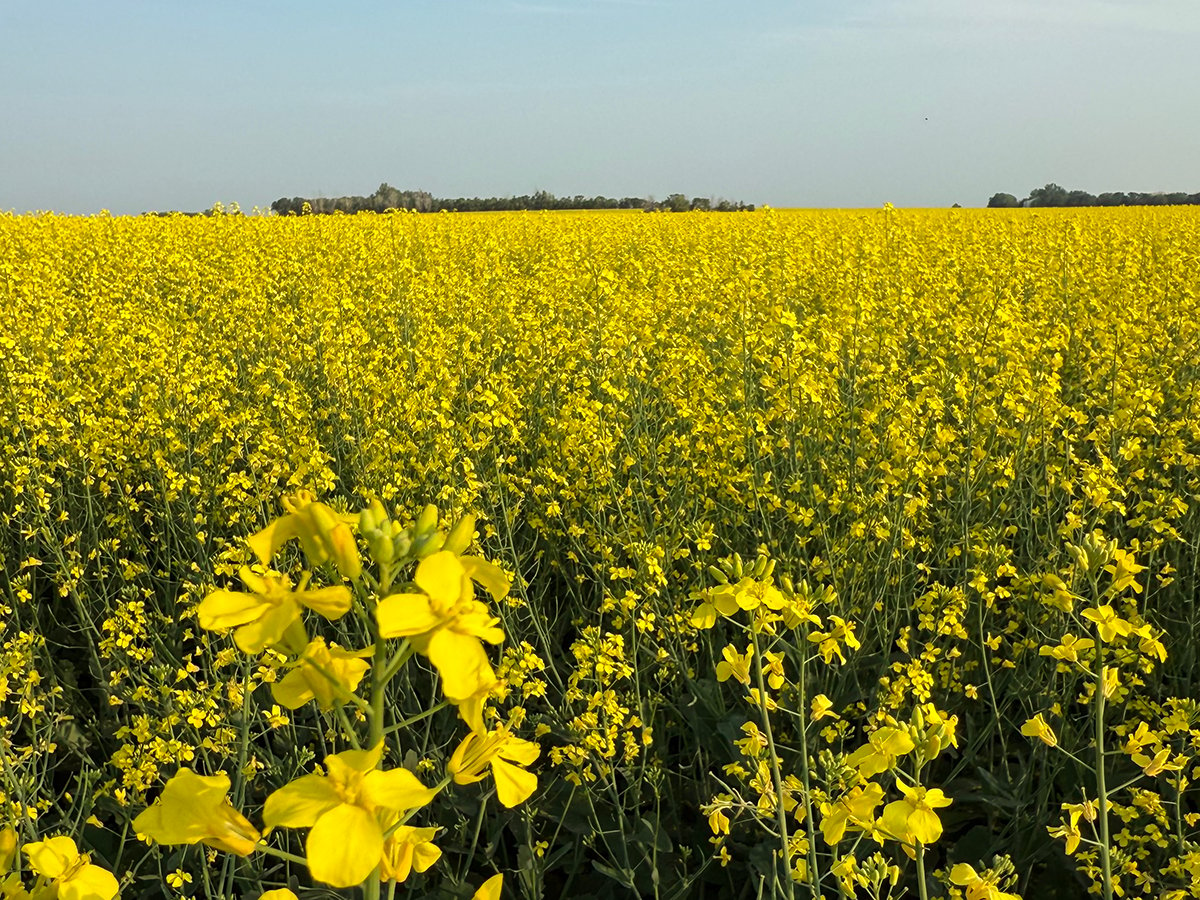GRANDE PRAIRIE, Alta. – The Mistahia Health Region was shocked when it
examined its suicide rates for the past 10 years by occupation.
Farmers had the third-highest rate of suicide.
Workers in trades and industrial jobs had the highest rate and students
the second highest.
With the large number of oil and gas workers in the area, the trades
and industry statistics didn’t surprise the health staff, but the
suicide numbers for farmers did.
“With farmers it’s significant,” said Barb Campbell, co-ordinator of
Read Also

Canola support gets mixed response
A series of canola industry support measures announced by the federal government are being met with mixed reviews.
the Suicide Prevention Resource Centre in this northwestern Alberta
community.
In the Mistahia Health Region, men account for 88 percent of suicides.
Men employed in trades and industry accounted for 38 percent and
farmers accounted for 13 percent.
Suicide is a leading cause of death, second only to motor vehicle
fatalities in the health region.
The statistics were so shocking the centre established a three-part
program to raise awareness of depression and suicide, Campbell told the
Peace Region Farm Women’s Conference.
During the first phase of the program, staff talked to focus groups of
farmers and men from trades and industry to ask what their problems
were, how they dealt with emotional problems and how difficult it was
to reach out for emotional help.
“We went right to the grassroots and talked to men in those sectors to
find out how they are deal with stress,” said April Weavell, the men at
risk program co-ordinator.
“We wanted to know what were the stressors and how to get a handle on
it.”
In trades and industry, the main causes of stress were long hours,
pressure to produce greater results with fewer resources, relationship
breakdowns and layoff worries.
In agriculture, farmers worried about weather, poor crops and prices,
huge debt loads, pressure to keep up with technology, difficulty
balancing farm and off-farm work and a sense of isolation.
With more farmers taking off-farm jobs, few had time to go to the
coffee shop to talk, drop by the grain elevator or go to dances.
“They were finding they had little time for anything else but work. It
creates a feeling of isolation,” said Weavell.
Once project co-ordinators understood some of the problems, they
developed a suicide prevention program.
They made presentations to trucking associations, construction
companies, agrologists, logging company safety meetings, church groups,
banks, oilfield companies and women’s organizations.
Campbell said through these presentations people learned how to
approach someone they think is in trouble. One of the biggest concerns
was how to talk to someone they think is depressed, or even if they
should talk to the person at all.
“They’re afraid to reach out to someone in trouble,” she said.
“The presentation is to help men reach out to others. They learn to
say: ‘I’m concerned and have you talked to anybody. Have you considered
getting help’.”
They also developed a television and radio presentation. Feedback from
the local crisis line co-ordinator said calls from men increased when
the commercial was run.
The third phase was developing the Men at Risk program that focused on
identifying men at risk of depression or suicide particularly in
agriculture and trades and industry. It also focuses on how to help
someone at risk.














